1. Overgrown Shrubs and Bushes
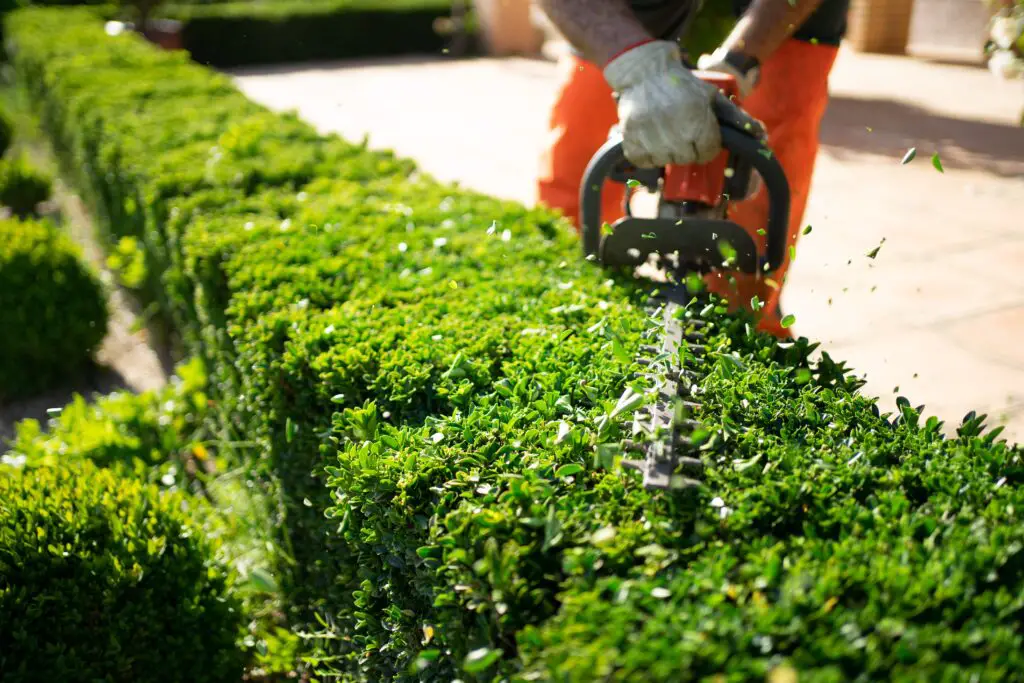
We’ve all seen homes swallowed up by overgrown hedges, making it hard to tell if someone lives there. While mature greenery can add charm, out-of-control shrubs scream neglect and block architectural features like windows and doors. Overgrown plants not only look messy but also invite pests, reduce curb appeal, and obscure views that buyers want to see. Regular pruning or replacing oversized plants with smaller, low-maintenance alternatives can instantly refresh the exterior of your home. A clean, well-kept landscape gives the impression of a cared-for home, and that’s what buyers love.
2. Crumbling Concrete Driveways and Walkways
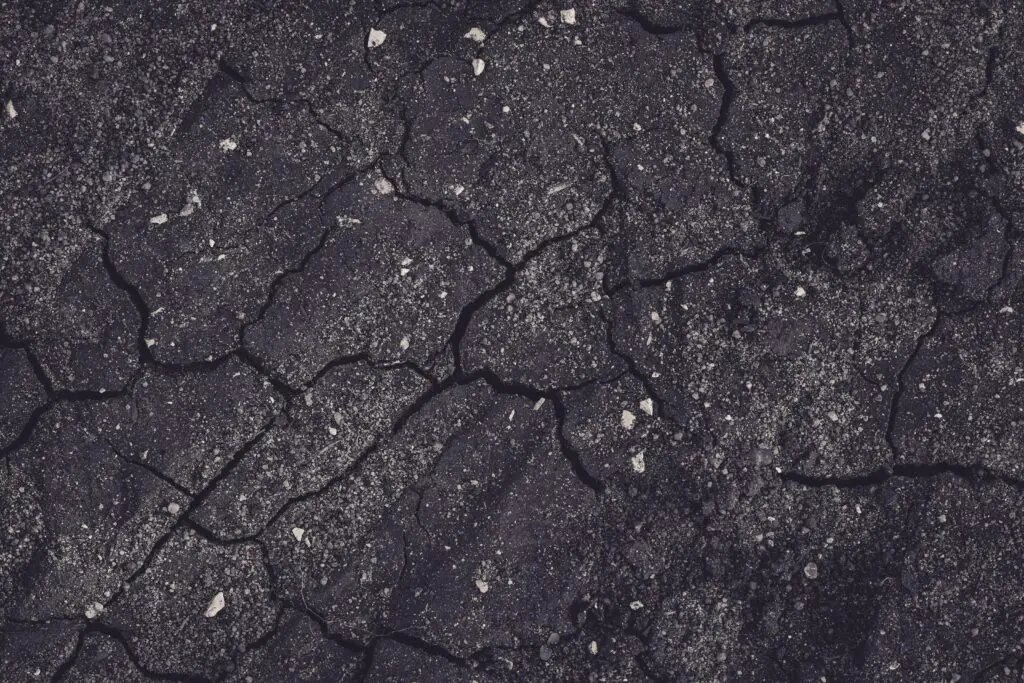
Cracks and weeds poking through driveways and sidewalks are like putting a spotlight on years of neglect. Not only are they eyesores, but uneven concrete is also a safety hazard. Potential buyers might imagine expensive repair bills before they even step inside. To fix this, you can resurface concrete, repair cracks, or replace sections entirely. If budget allows, consider upgrading to pavers or stamped concrete for a modern touch that adds style. Clean, smooth pathways make a property look polished and increase its value.
3. Outdated Lawn Ornaments
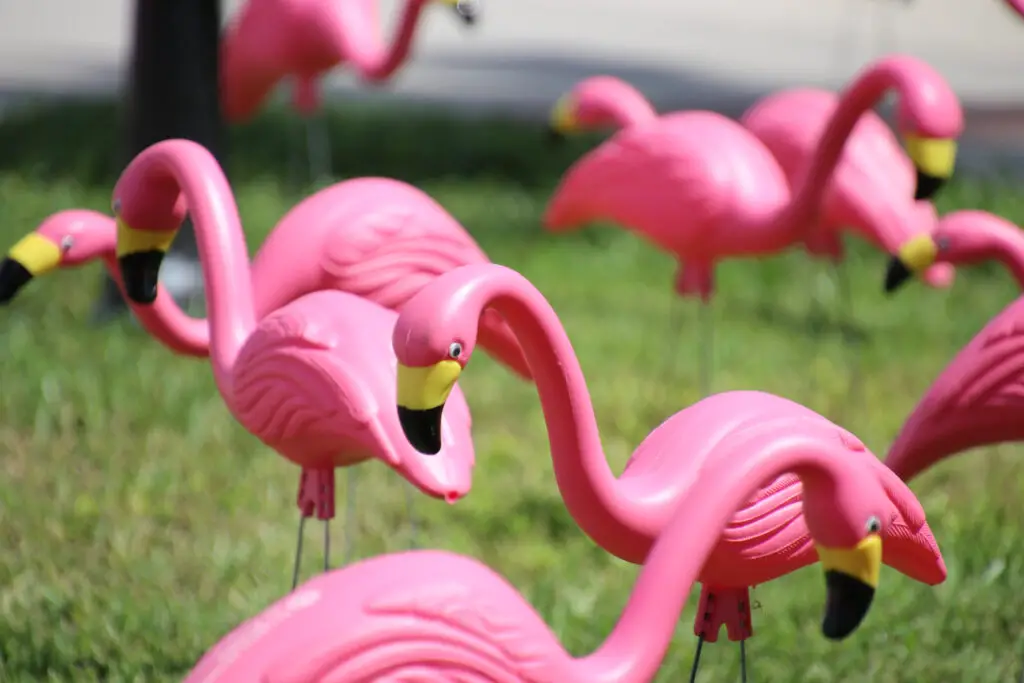
Remember those old ceramic gnomes or flamingos your grandma loved? As charming as they once were, kitschy lawn ornaments date your home and distract from its natural beauty. Overloading your yard with too many trinkets can make it feel cluttered, not cozy. Opt for minimalist decor—think tasteful fountains, modern planters, or subtle lighting—that elevates the space instead of overwhelming it. Less is more when it comes to lawn decor, and clean simplicity has way more appeal to buyers.
4. Gravel Instead of Grass
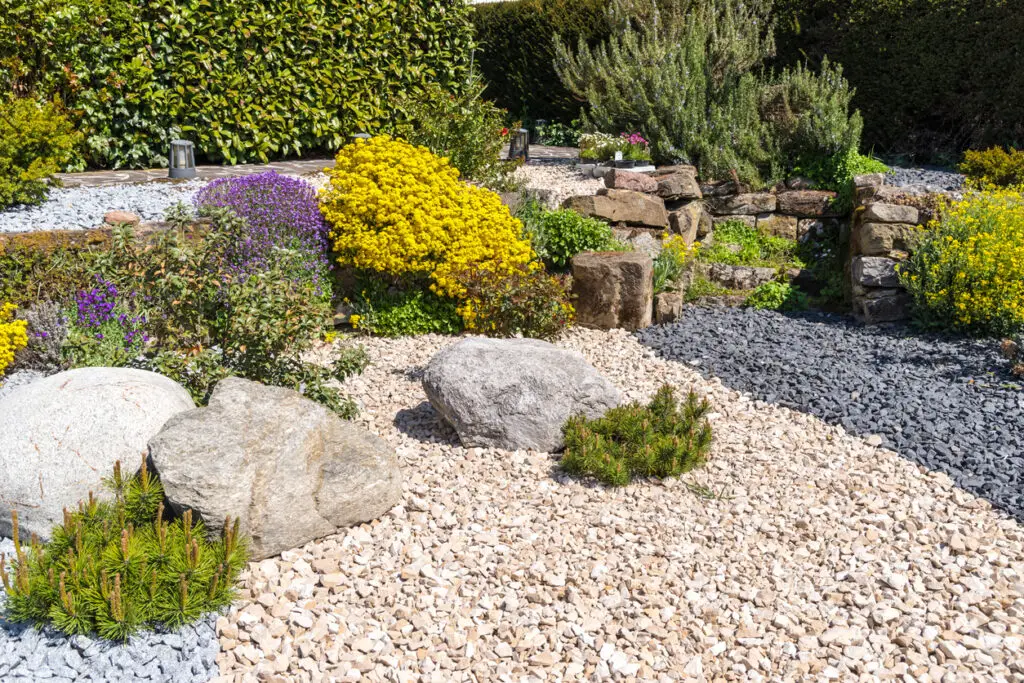
While gravel yards were once praised as low-maintenance solutions, they’re now seen as a bit bleak and outdated. A sea of pebbles lacks the warmth and color of a lush green lawn or thriving garden beds. Plus, gravel gets messy over time, spreading onto sidewalks and driveways and looking unkempt. Replacing gravel with sod, artificial turf, or drought-resistant native plants gives your yard life without excessive upkeep. Buyers crave inviting, natural outdoor spaces, not barren landscapes.
5. Artificial Grass That’s Seen Better Days
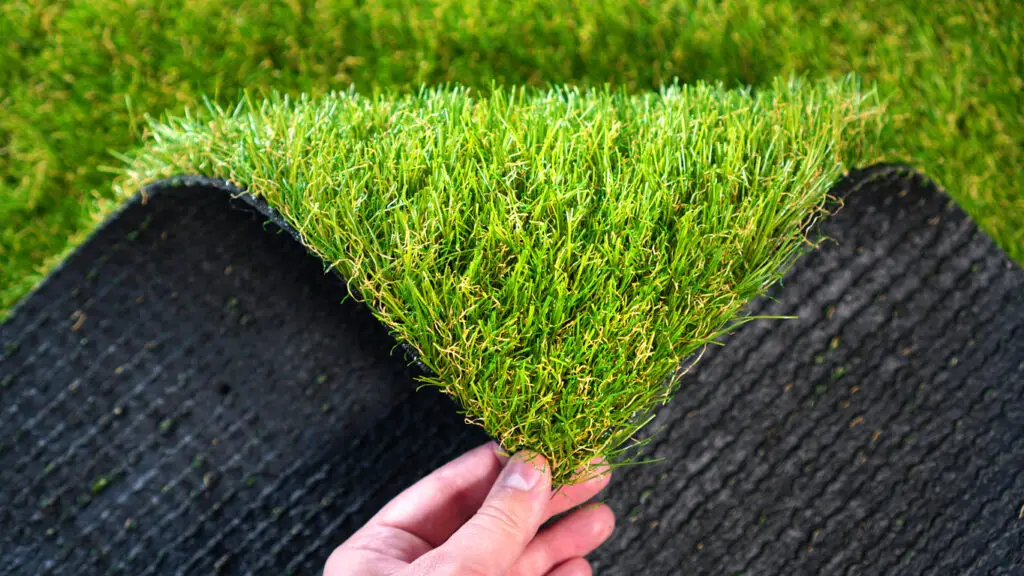
Artificial turf may have been trendy in the ’90s, but once it’s faded, torn, or full of wrinkles, it’s anything but appealing. Instead of looking pristine, old synthetic grass can make your lawn seem cheap and neglected. Buyers today prioritize eco-friendly, natural alternatives or at least turf that looks and feels realistic. If you must stick with artificial grass, invest in high-quality, modern options that age better and offer a more natural appearance. A fresh, green lawn—whether real or fake—makes a world of difference in your curb appeal.
6. Old-School Mulch in Bright Red
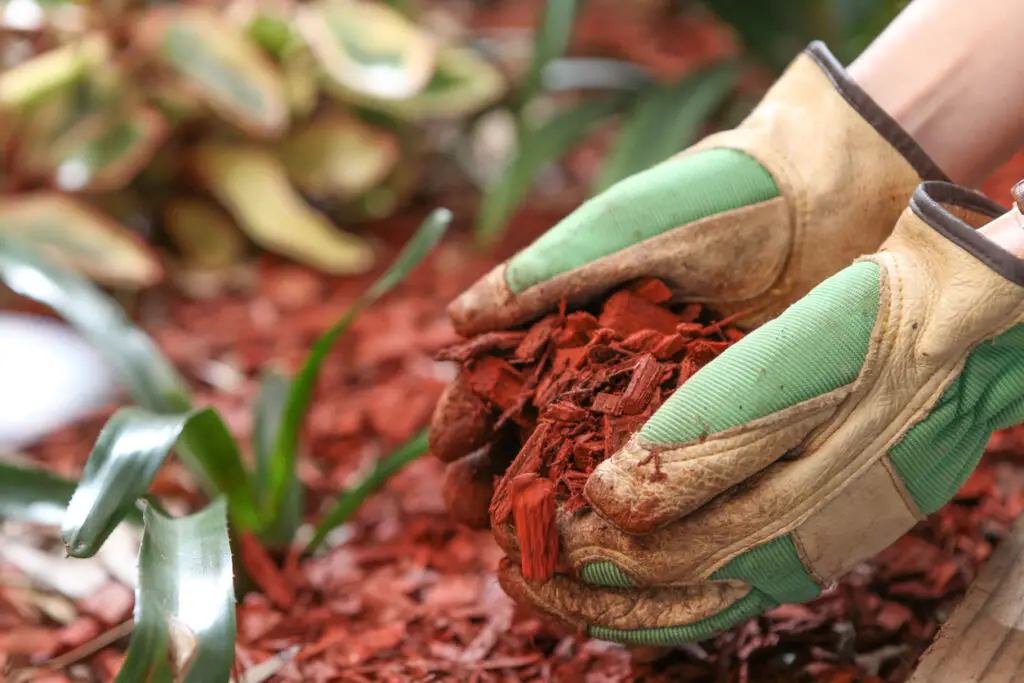
Once upon a time, bright red mulch was a landscaping favorite, but now it feels outdated and unnatural. The intense color tends to clash with plants, creating a harsh look instead of blending seamlessly into the landscape. Modern buyers gravitate toward natural mulch tones like brown, black, or even bark chips that complement greenery. Upgrading to a more subdued, contemporary mulch can quickly refresh flower beds and borders. Plus, natural mulch helps plants thrive while improving your overall aesthetic.
7. Chain-Link Fences
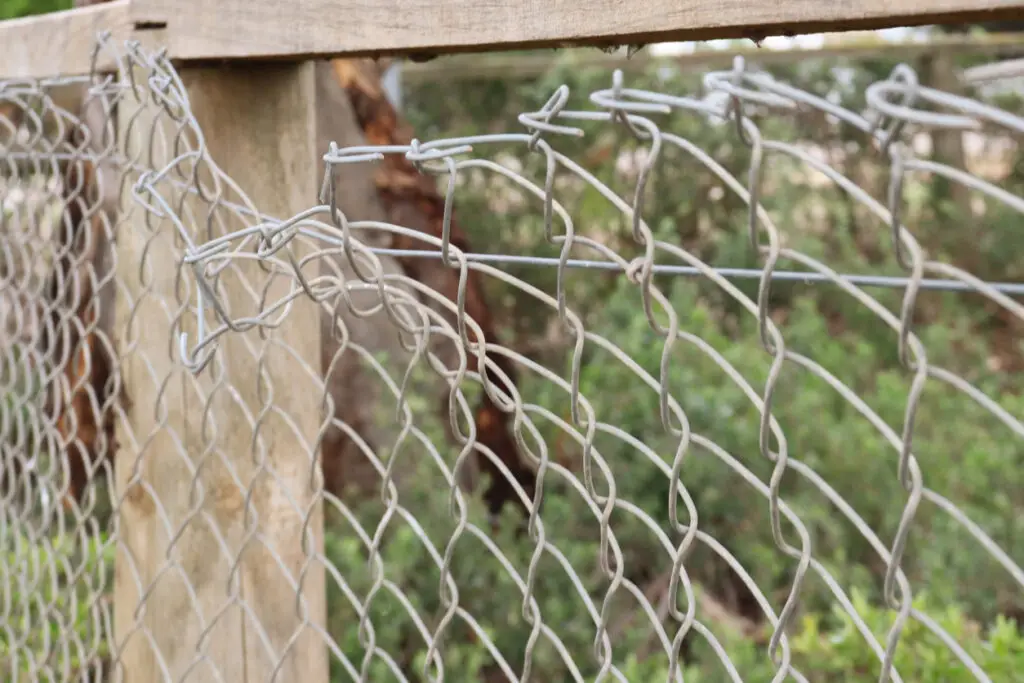
Chain-link fences may get the job done when it comes to keeping things in—or out—but they’re not doing your home value any favors. They scream utilitarian rather than stylish, giving a “temporary” feel to your property’s boundaries. Replacing chain-link with wood, vinyl, or wrought iron instantly upgrades the appearance and makes the yard feel more private and inviting. If you’re on a tight budget, even painting the existing chain-link a neutral color can soften its industrial look. A fence should enhance your home, not detract from it.
8. Overly Symmetrical Garden Beds
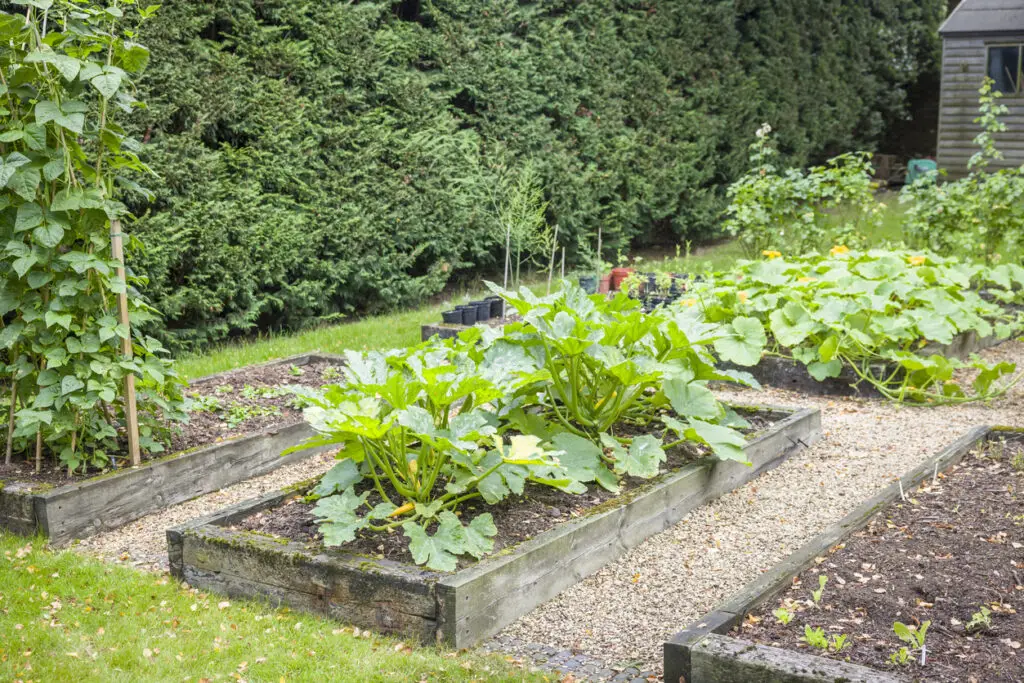
Perfectly symmetrical landscaping might have looked sharp in the ’80s, but today’s homeowners prefer a more natural, relaxed aesthetic. Impeccably shaped boxwoods and perfectly matching flower beds can come across as sterile or dated. Break up that rigidity by mixing plants of varying heights, colors, and textures to create visual interest. Layering perennials with ornamental grasses and flowering shrubs adds warmth and movement to your landscape. A little bit of asymmetry feels fresh, modern, and approachable.
9. Plastic Edging Around Flower Beds
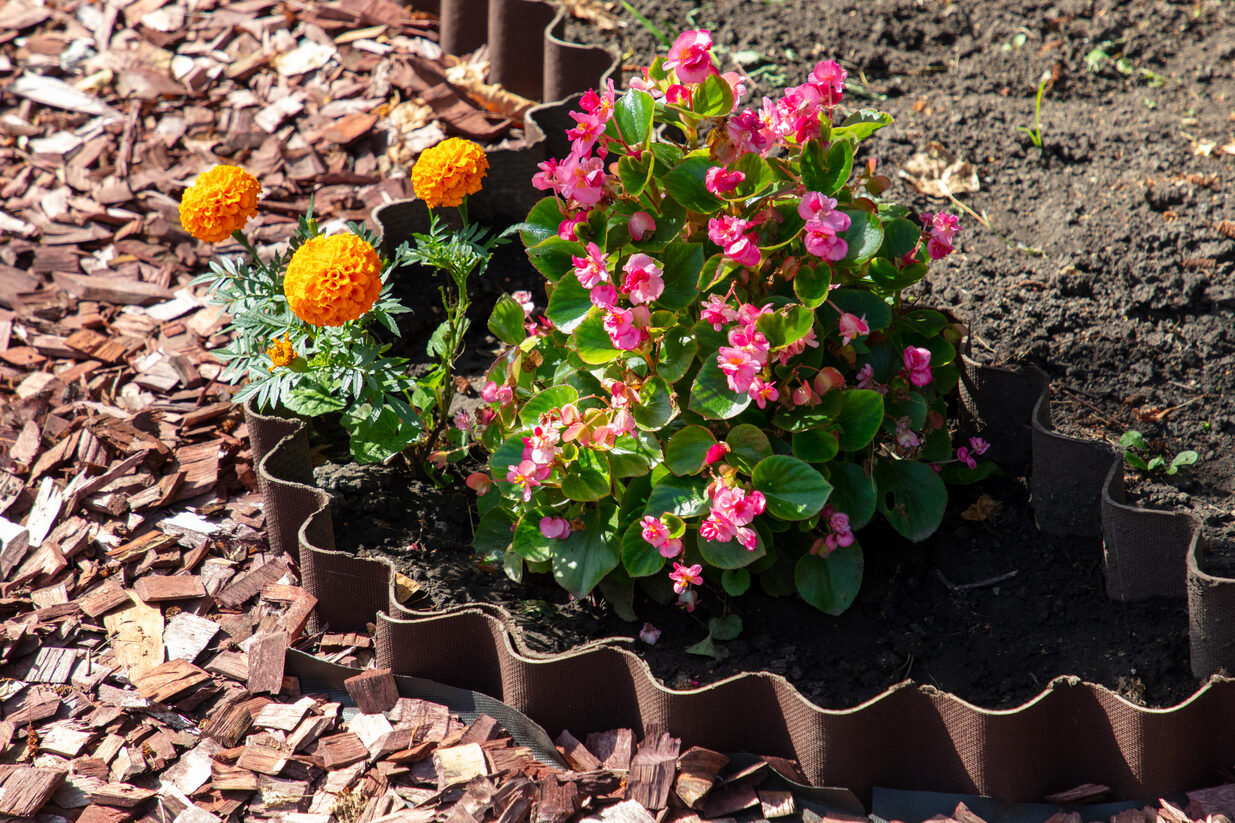
Plastic lawn edging was once a go-to for keeping flower beds tidy, but now it screams “budget landscaping.” Over time, plastic bends, cracks, and fades, becoming more of an eyesore than an asset. Replacing it with natural stone, brick, or metal edging will elevate the look of your beds and stand the test of time. These upgrades not only improve your yard’s aesthetic but also add durability and resale value. Edging should frame your garden beautifully, not draw attention for all the wrong reasons.
10. Old or Damaged Retaining Walls
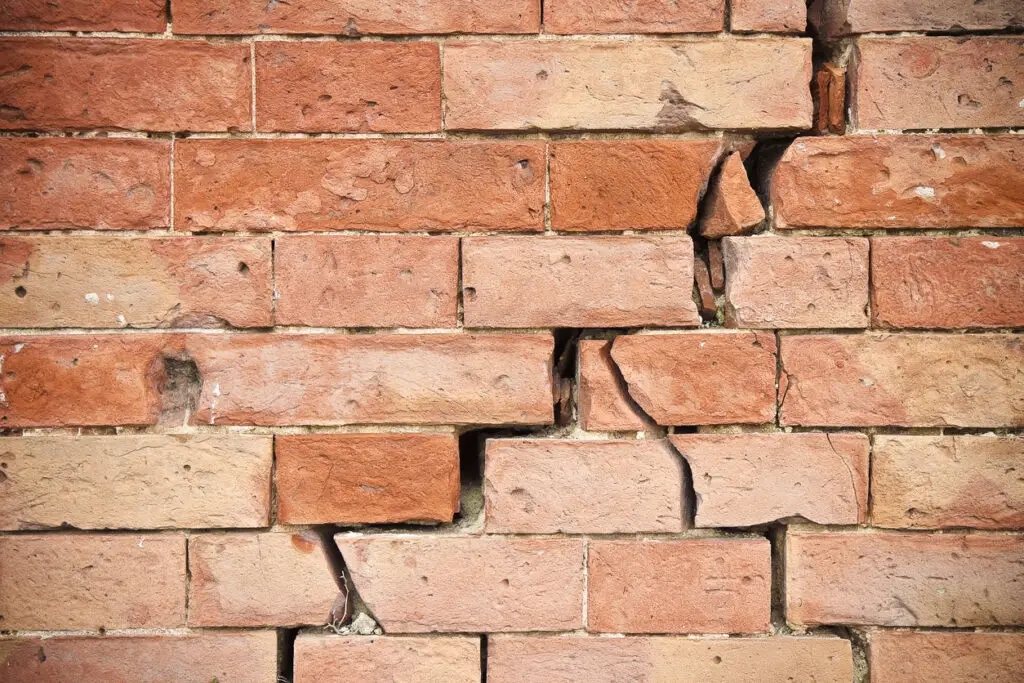
If your retaining wall is crumbling or stained, it sends a signal that your landscaping hasn’t been maintained. These walls are functional—preventing erosion and supporting landscaping—but they should also look good while doing it. Buyers appreciate retaining walls made of stone, brick, or modern concrete blocks that enhance the property’s beauty. Repairing or replacing damaged walls can dramatically boost curb appeal and show potential buyers you’ve invested in your outdoor space. Well-maintained hardscaping is just as important as plants and lawns.
11. Too Many Trees Close to the House
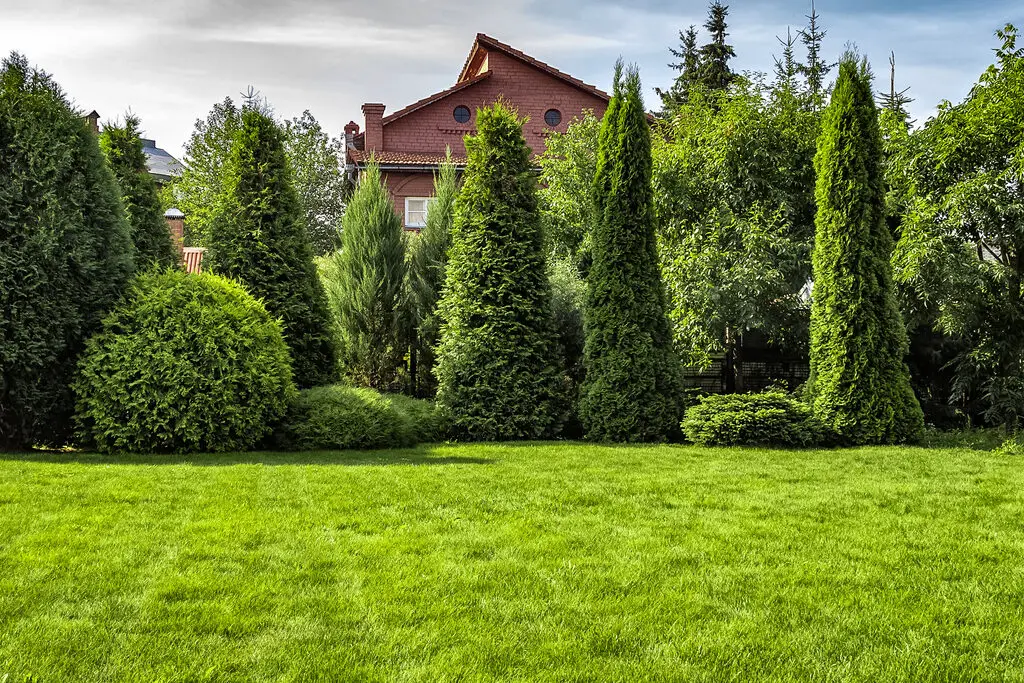
While mature trees are a big selling point, too many planted near the house can actually hurt your home’s value. They block sunlight, make rooms feel darker, and drop leaves and branches that are a nightmare to maintain. Worse, roots can damage foundations, driveways, or plumbing over time. If your yard feels like a forest, consider thinning out smaller trees or those too close to the house. This opens up your space, lets in light, and makes your landscaping feel intentional rather than overgrown.
12. Neglected Water Features
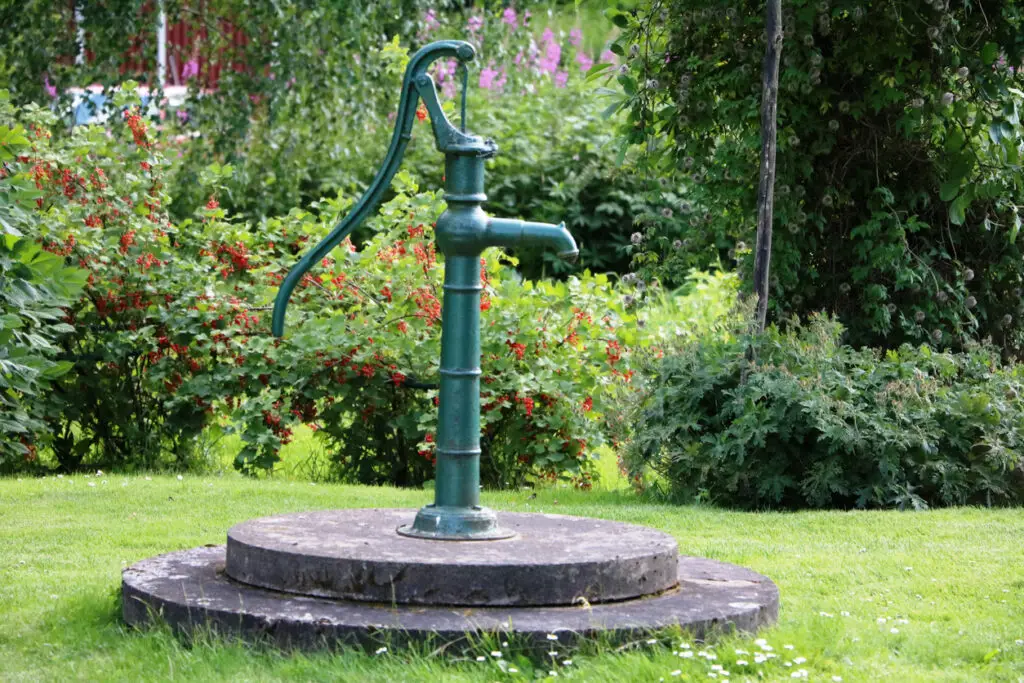
That pond or fountain you installed years ago was probably stunning—back then. But neglected water features full of algae, murky water, or broken pumps quickly become a liability instead of an asset. Buyers see maintenance headaches, not relaxing garden highlights. If you can’t keep up with the upkeep, consider removing the feature or replacing it with a simpler, low-maintenance option like a rock garden or a dry stream bed. Well-maintained water features are beautiful; neglected ones drag your property value down.
